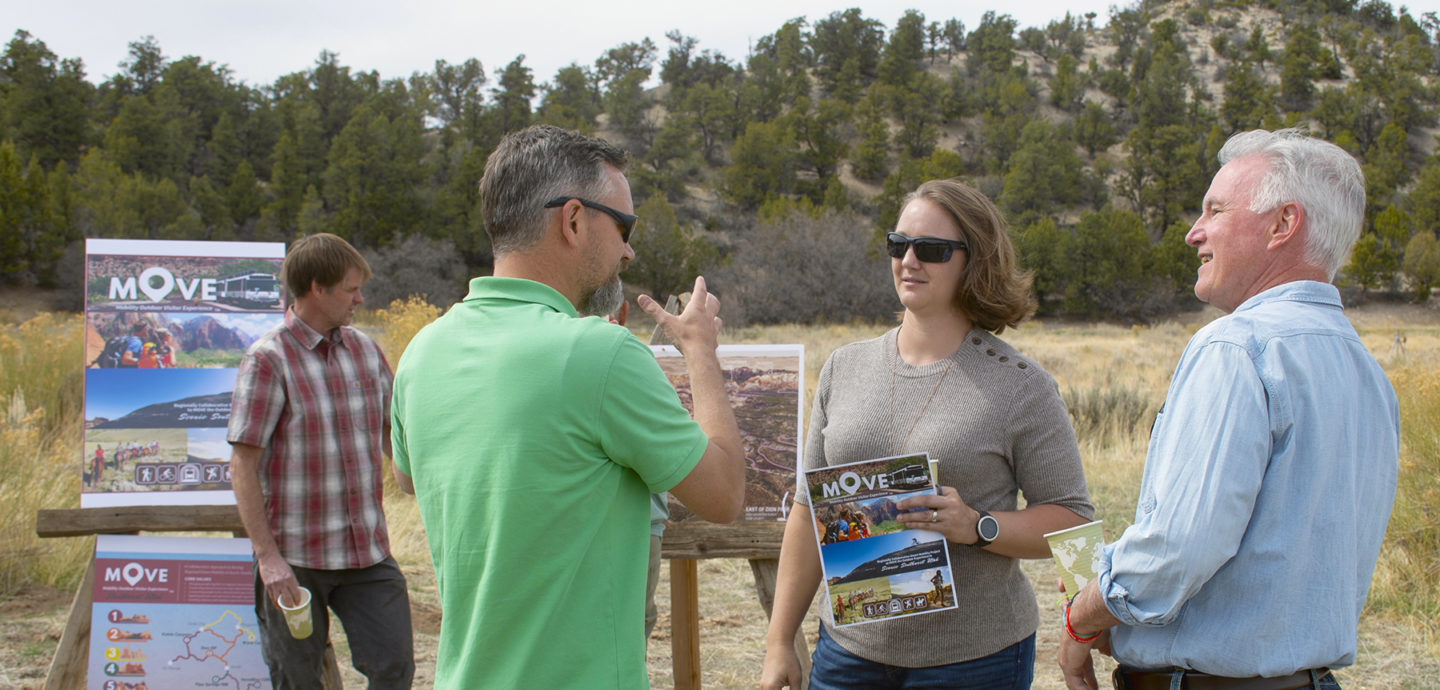Regional Planning
-A Seamless Visitor Experience-
As we continue to discuss and explore future needs for access to and conservation surrounding Zion National Park, we must undertake a cohesive planning process. One that ensures a seamless visitor experience, considering recreation, access, and planning from a regional perspective rather than as individual park sites.
Nationally recognized, The Conservation Fund works across the country to protect America’s legacy of land and water resources through land protection, sustainable community and economic development, and leadership training emphasizing the balance of nature and commerce.
This past season, the Zion Forever Project partnered with The Conservation Fund to embark on a regional planning process. The experience brought together elected officials, nonprofit partners, academic institutions, local communities, and private business owners, endeavoring to have all voices reflected in the comprehensive discussion and review.
The first phase of the planning process saw weekly meetings of breakout groups, working on project-specific areas like the future of recreation and educational planning, transportation, and the economic development of rural gateway communities. An executive steering committee presented the initial findings to the Utah outdoor community at the annual Utah Outdoor Recreation Summit, hosted in the city of Kanab.
With your donations to this project, the second phase of the planning process will see those findings turned into practical recommendations and actions. Each step will work towards a seamless visitor experience conserving the cherished landscape, honoring the heritage of the natural world, and enhancing local communities by providing living wage jobs in an underserved rural economy. Balancing the needs of nature and commerce, planning of this scale is both a process and a product. The end result will be a master plan informing the future of recreation and travel in the Southwest thinking beyond Zion and acknowledging the connectedness of the topography. This unified approach is necessary to build a sustainable foundation for one of the nation’s most popular parks.

